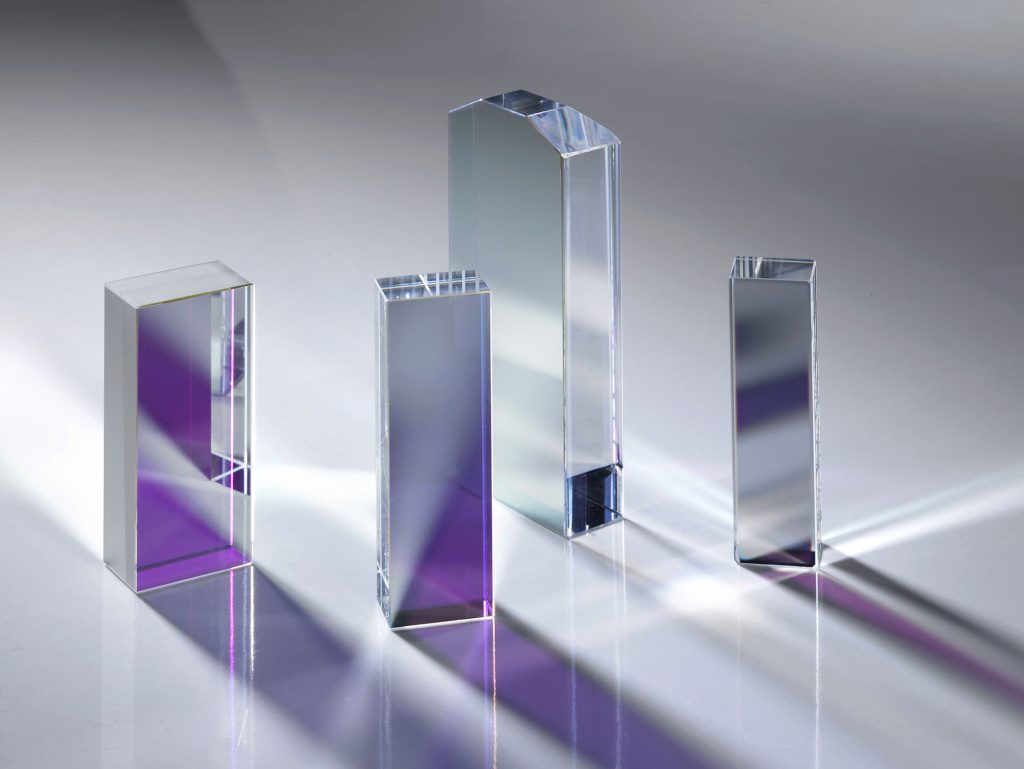Raman Notch Filter
FAQs
A Raman Notch Filter is a specialized optical band-stop filter used in Raman spectroscopy systems. Its core function is to strongly suppress Rayleigh scattered light, which shares the same wavelength as the incident laser, while allowing weak Raman-scattered signals to pass through efficiently.
A Raman notch filter has an extremely narrow blocking bandwidth, typically less than 10nm, targeting only the laser wavelength. It features high transmission outside the notch and very steep edges, with a typical optical density of OD ≥ 6, making it ideal for Raman spectroscopy and fluorescence analysis.
A Raman edge filter, usually long-pass or short-pass, blocks all wavelengths on one side of the laser line. It has a much broader stopband, with high transmission on one side and high blocking on the other. Its transition region is relatively flat, and the required optical density is usually OD ≥ 4. It is commonly used in fluorescence microscopy, Raman spectroscopy, and flow cytometry.
For a Raman notch filter, the center wavelength—equal to the laser wavelength—is critical and must precisely match the system light source. The bandwidth must be very narrow (e.g., ±2nm) to cover laser linewidth and potential wavelength drift. The blocking performance at the laser line usually requires OD > 6, and the transmission outside the notch (Raman signal region) must exceed 90%.
Raman notch filters are commonly designed for the following laser wavelengths: 532nm, 633nm, 785nm, 830nm, and 1064nm
To select a suitable Raman filter, the filter’s center wavelength must match the laser wavelength. Choose the appropriate optical density (OD) based on the signal strength—OD > 8 is recommended for high-fluorescence samples. Ensure the transmission range fully covers the expected Raman shift region.

